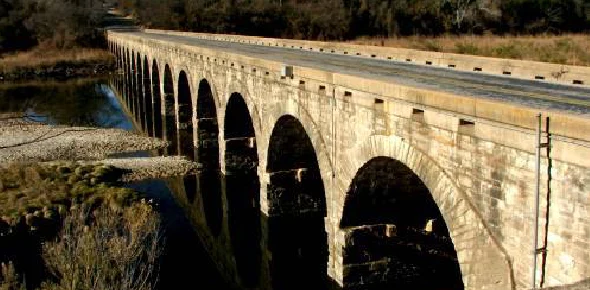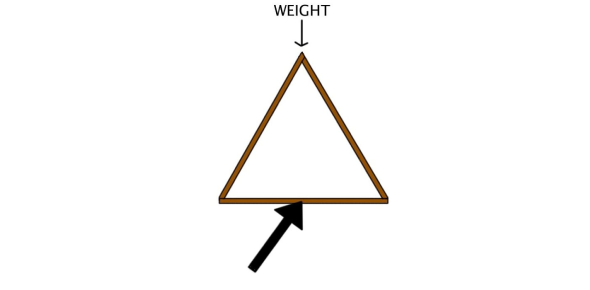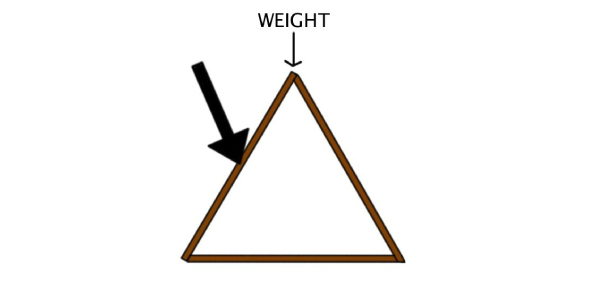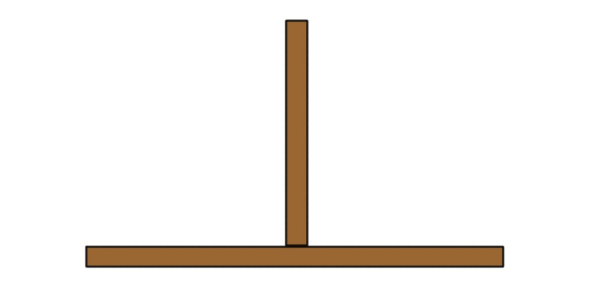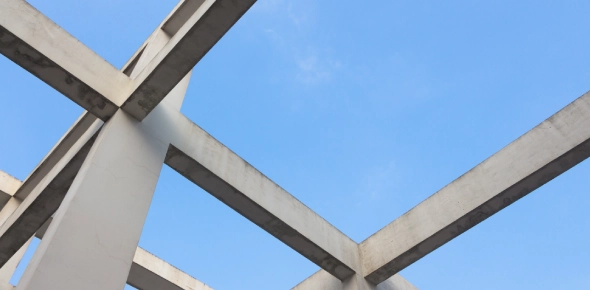Dtzone - Forces And Structures Quiz
(148).jpg)
Write your full name in the space below then
clck start to begin the quiz.
- 1.
What force is this drill exerting on the screw?
- A.
Tension
- B.
Compression
- C.
Torsion
- D.
Shear
- E.
Bending
Correct Answer
C. TorsionExplanation
The force exerted by the drill on the screw is torsion. Torsion is a twisting force that causes an object to rotate around its axis. In this case, the drill is applying a twisting force to the screw, causing it to rotate and penetrate into the material it is being drilled into.Rate this question:
-
- 2.
What force is this builder exerting on the pipe?
- A.
Tension
- B.
Compression
- C.
Torsion
- D.
Shear
- E.
Bending
Correct Answer
E. BendingExplanation
The force that the builder is exerting on the pipe is bending. Bending force occurs when an object is subjected to a force that causes it to bend or flex. In this case, the builder is likely applying a force that is causing the pipe to bend or curve.Rate this question:
-
- 3.
What force is being demonstrated here?
- A.
Tension
- B.
Compression
- C.
Torsion
- D.
Shear
- E.
Bending
Correct Answer
A. TensionExplanation
The force being demonstrated here is tension. Tension is a pulling force that occurs when an object is being stretched or pulled apart. In this situation, it can be inferred that there is a force pulling or stretching an object, leading to the demonstration of tension.Rate this question:
-
- 4.
What force is the boy exerting on the chair leg?
- A.
Tension
- B.
Compression
- C.
Torsion
- D.
Shear
- E.
Bending
Correct Answer
B. CompressionExplanation
The boy is exerting a force on the chair leg in the direction that compresses or pushes the leg inward. This force is causing the chair leg to experience compression, where the molecules within the leg are being pushed closer together.Rate this question:
-
- 5.
What forces are used here to trim the hedge?
- A.
Tension
- B.
Compression
- C.
Torsion
- D.
Shearing
- E.
Bending
Correct Answer(s)
B. Compression
D. ShearingExplanation
The answer is "Compression Force" and "Shearing Force" combined. When trimming a hedge, you apply compression force by squeezing the handles of the trimming tool, and you apply shearing force when the sharp blades of the tool cut through the hedge's branches and leaves. These two forces work together to trim the hedge effectively.Rate this question:
-
- 6.
What force is being applied to the blue bolt?
- A.
Tension
- B.
Compression
- C.
Torsion
- D.
Shear
- E.
Bending
Correct Answer
D. Shear -
- 7.
What force is being applied to the ruler?
- A.
Tension
- B.
Compression
- C.
Torsion
- D.
Shear
- E.
Bending
Correct Answer
E. BendingExplanation
The force being applied to the ruler is bending. Bending occurs when a force is applied to an object causing it to bend or deform. In the case of the ruler, the force is causing it to bend or curve. This can be seen when a ruler is placed on a table and pressure is applied to the middle, causing it to bend downwards. Bending is different from other forces such as tension, compression, torsion, and shear, which involve different types of deformation or stress on the object.Rate this question:
-
- 8.
What force is he applying to this guitar string?
- A.
Tension
- B.
Compression
- C.
Torsion
- D.
Shear
- E.
Bending
Correct Answer
E. BendingExplanation
The force being applied to the guitar string in this scenario is bending. Bending force occurs when an object is subjected to a force that causes it to bend or flex. In the case of the guitar string, the force applied by the person is causing the string to bend and vibrate, producing sound.Rate this question:
-
- 9.
What force is is being used to turn the tap?
- A.
Tension
- B.
Compression
- C.
Torsion
- D.
Shear
- E.
Bending
Correct Answer
C. TorsionExplanation
Torsion is the force being used to turn the tap. Torsion is a twisting force that causes an object to rotate around its axis. In this case, when the tap is turned, a torsional force is applied to the mechanism inside the tap, causing it to rotate and open or close the flow of water.Rate this question:
-
- 10.
What force is is being demonstrated here?
- A.
Tension
- B.
Compression
- C.
Torsion
- D.
Shear
- E.
Bending
Correct Answer
B. CompressionExplanation
The force being demonstrated in this scenario is compression. Compression occurs when an object is being pushed or squeezed, causing it to decrease in size or volume. In this case, the force is causing the object to compress or be compressed.Rate this question:
-
- 11.
Below you can see the Sydney Opera House. What type of structure is this?
Correct Answer
Shell StructureExplanation
The correct answer for this question is "Shell, Shell Structure, A Shell structure, shel, shel structure, a shel structure." The Sydney Opera House is a famous example of a shell structure. Shell structures are lightweight, curved structures that are typically made of reinforced concrete or steel. They derive their strength from their shape and form, which allows them to distribute loads efficiently. In the case of the Sydney Opera House, its iconic shell-shaped roof is made up of precast concrete panels, creating a unique and visually striking architectural design.Rate this question:
- 12.
What type of structure is this?
Correct Answer
frame structureExplanation
This question is asking about the type of structure being referred to. The correct answer is "frame, frame structure, a frame structure." This suggests that the structure being discussed is a frame, which typically refers to a rigid structure composed of beams or columns connected at joints. The repetition of the answer options reinforces the idea that all three variations refer to the same type of structure.Rate this question:
- 13.
A Monocoque structure is a combination of both a Frame and Shell structure.
- A.
True
- B.
False
Correct Answer
A. TrueExplanation
A monocoque structure is a type of structure where the external skin carries most of the load, similar to a shell structure. However, it also includes internal frames or supports, similar to a frame structure. Therefore, a monocoque structure can be considered as a combination of both a frame and shell structure.Rate this question:
-
- 14.
What type of structure is this?
- A.
Shell
- B.
Frame
- C.
Monocoque
Correct Answer
A. ShellExplanation
This structure is classified as a shell.Rate this question:
-
- 15.
What type of structure is this?
Correct Answer
A shell structure - 16.
What is the name given to the technique used in frame structures to provide strength and support?
- A.
Strut
- B.
Metal
- C.
Triangulation
- D.
Tie
Correct Answer
C. TriangulationExplanation
Triangulation is the name given to the technique used in frame structures to provide strength and support. Triangulation involves creating triangular shapes within the structure, which helps to distribute the load and forces evenly throughout the frame. This technique is commonly used in architecture and engineering to increase the stability and rigidity of frame structures. By using triangulation, the structure becomes more resistant to bending and twisting forces, making it stronger and more durable.Rate this question:
-
- 17.
What type of structure is this?
- A.
Shell
- B.
Frame
- C.
Monocoque
Correct Answer
A. ShellExplanation
The structure in question is a shell. A shell structure is a thin, curved surface that is stiffened by internal supports or ribs. It is typically used in architecture and engineering to create roofs, domes, and other curved structures. Shells distribute forces evenly across their surfaces, making them strong and efficient structures.Rate this question:
-
- 18.
What kind of bridge is this?
- A.
Cantilever
- B.
Arch
- C.
Beam
- D.
Suspension
Correct Answer
A. CantileverExplanation
This bridge is a cantilever bridge. A cantilever bridge is a type of bridge that is supported on only one end, while the other end is anchored and supported by a counterbalance. The structure of this bridge resembles a cantilever, which is a horizontal beam or girder that is anchored at one end and extends out horizontally. Cantilever bridges are known for their ability to span long distances and provide stability and strength.Rate this question:
-
- 19.
What kind of bridge is this?
- A.
Beam
- B.
Suspension
- C.
Cantilever
- D.
Arch
Correct Answer
A. BeamExplanation
This bridge is a beam bridge. A beam bridge is a simple type of bridge that consists of a horizontal beam supported at each end by piers or abutments. It is the most basic and common type of bridge, often used for short spans. The beam bridge is made of solid materials, such as concrete or steel, and is able to support loads by distributing the weight evenly across the entire length of the beam.Rate this question:
-
- 20.
What kind of bridge is this?
- A.
Cantilever
- B.
Beam
- C.
Arch
- D.
Suspension
Correct Answer
C. ArchExplanation
This bridge is an arch bridge because it has a curved structure that supports the weight of the bridge and the load it carries. The arch shape helps distribute the weight evenly along the curve, making it a strong and stable design. Arch bridges have been used for centuries and are known for their durability and aesthetic appeal.Rate this question:
-
- 21.
What name is given to a force that is stationary?
- A.
Dynamic
- B.
Static
- C.
Strut
- D.
Tie
Correct Answer
B. StaticExplanation
A force that is stationary and does not cause any motion or movement is called a static force. It is the opposite of a dynamic force, which causes objects to move or change their position. Static forces can exist in various forms, such as static friction or static electricity. In the context of this question, the correct answer is "Static" because it accurately describes a force that is stationary.Rate this question:
-
- 22.
What name is given to a force that is moving?
- A.
Strut
- B.
Dynamic
- C.
Tie
- D.
Static
Correct Answer
B. DynamicExplanation
The term "dynamic" refers to something that is characterized by constant change or motion. In the context of the question, a force that is moving would be considered dynamic because it is causing a change or motion in an object. The other options, such as "strut," "tie," and "static," do not accurately describe a force that is in motion.Rate this question:
-
- 23.
What is the force that keeps this balloon inflated?
- A.
Shear
- B.
Compression
- C.
Tension
- D.
Bending
- E.
Torsion
Correct Answer
C. TensionExplanation
The force that keeps the balloon inflated is tension. Tension is the force that is transmitted through a string, rope, or cable when it is pulled tight. In the case of the balloon, the tension force is exerted by the material of the balloon itself, which resists the internal pressure of the air inside and keeps the balloon inflated.Rate this question:
-
- 24.
The larger arrow is pointing to a member within this simple structure. What is this member?
- A.
A Strut
- B.
A Tie
- C.
A shell structure
- D.
A gusset
Correct Answer
B. A TieExplanation
The larger arrow is pointing to a member within this simple structure. A tie is a structural member that is used to connect and hold together various parts of a structure, providing stability and preventing deformation. In this case, the larger arrow is indicating that the member being pointed to is a tie within the structure.Rate this question:
-
- 25.
The larger arrow is pointing to a member within this simple structure. What is this member?
- A.
A Strut
- B.
A Tie
- C.
A gusset
- D.
A frame structure
Correct Answer
A. A StrutExplanation
The larger arrow is pointing to a member within the structure, and the correct answer is a strut. A strut is a structural component that provides support and stability in a structure. It is typically a slender, elongated member that resists compression forces. In this case, the larger arrow indicates that the member being pointed to is a strut.Rate this question:
-
- 26.
How could this simple joint within a frame be made stronger?
- A.
Adding a gusset
- B.
Using tape
- C.
Adding lots of glue
Correct Answer
A. Adding a gussetExplanation
Adding a gusset to the simple joint within a frame would make it stronger. A gusset is a triangular piece of material that is added to the joint to provide additional support and stability. By adding a gusset, the joint is reinforced and can withstand greater forces and loads. This is a common technique used in construction and woodworking to strengthen joints and prevent them from coming apart.Rate this question:
-
- 27.
What is the name given to any beam within a frame?
- A.
A Member
- B.
A Strut
- C.
A Gusset
Correct Answer
A. A MemberExplanation
A member is the name given to any beam within a frame. It is a general term used to refer to any structural element that is part of a frame structure. This term is commonly used in engineering and construction to describe the different beams that make up a frame and provide support and stability to the structure.Rate this question:
-
- 28.
True or false. A shell structure must have a hard surface.
- A.
True
- B.
False
Correct Answer
B. FalseExplanation
A shell structure does not necessarily have to have a hard surface. Shell structures are architectural elements that are characterized by their curved, thin, and lightweight construction. They can be made from a variety of materials, including concrete, steel, or even fabric. The key feature of a shell structure is its ability to distribute loads efficiently, using the shape of the structure to provide strength and stability. Therefore, while some shell structures may have a hard surface, it is not a requirement for all shell structures.Rate this question:
-
Quiz Review Timeline +
Our quizzes are rigorously reviewed, monitored and continuously updated by our expert board to maintain accuracy, relevance, and timeliness.
-
Current Version
-
Apr 03, 2024Quiz Edited by
ProProfs Editorial Team -
May 24, 2011Quiz Created by
Mike_spidey
 Back to top
Back to top




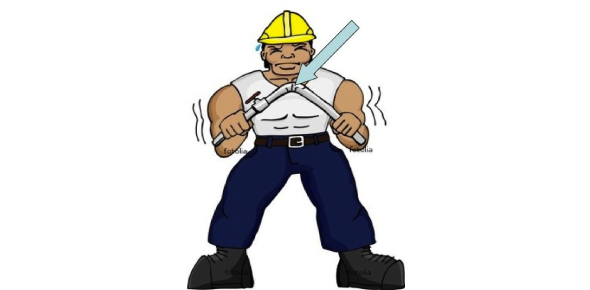

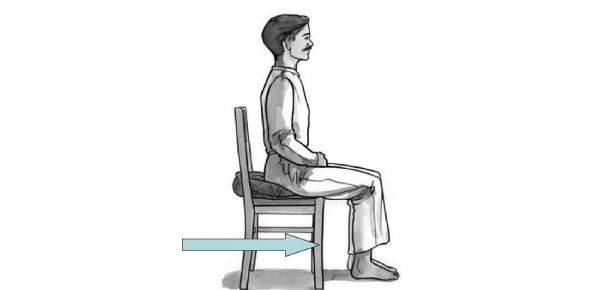
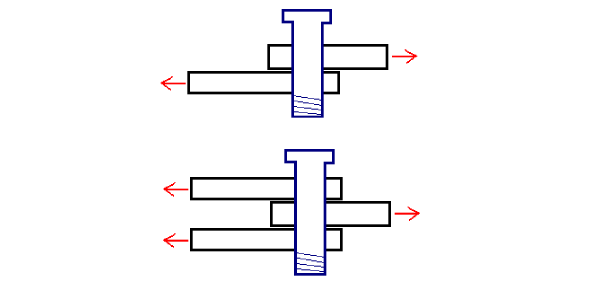
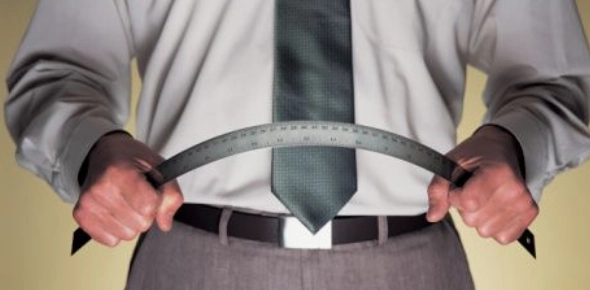
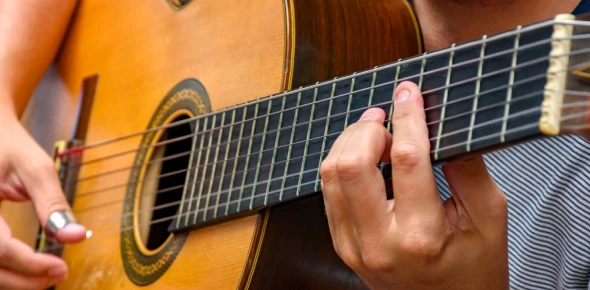
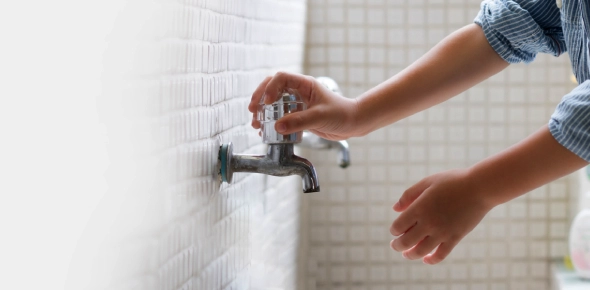
.webp)
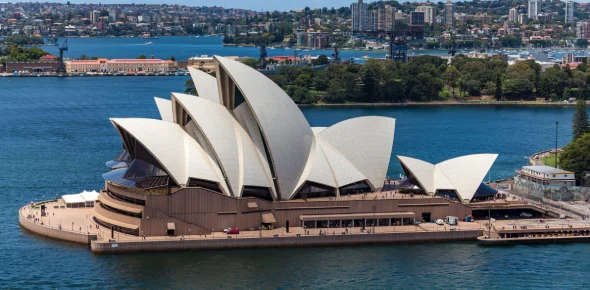
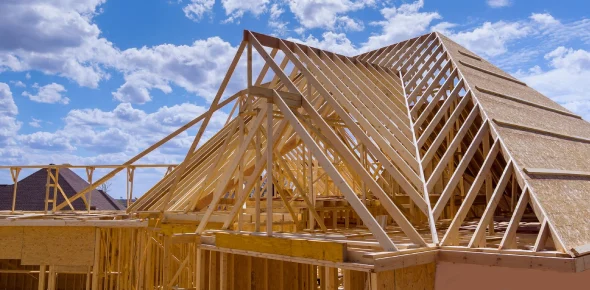

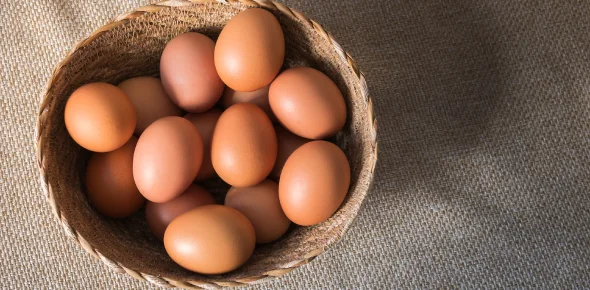
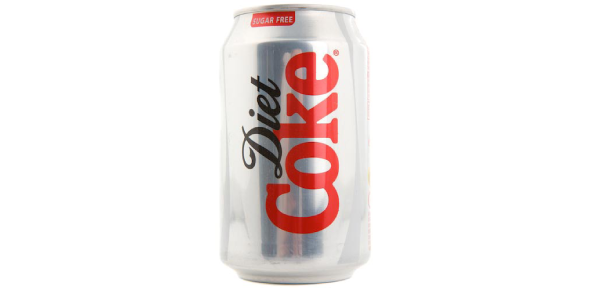
.webp)

